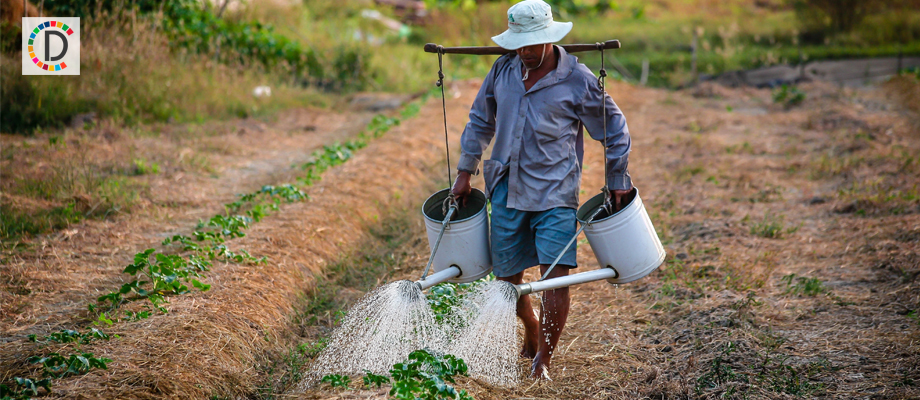Revolutionizing Crop Patterns to Save Groundwater in North India
A study suggests that replacing 40% of rice-sown areas with other crops could recover up to 100 cubic kilometers of groundwater lost since 2000 in north India. This shift could secure groundwater resources, especially in Punjab, Haryana, and Uttar Pradesh, while boosting farmers' profitability amid ongoing global warming.

- Country:
- India
A study has revealed that replacing 40% of rice-sown areas with alternative crops could help recover 60-100 cubic kilometers of groundwater lost since 2000 in north India. The shift away from rice, which heavily relies on groundwater, aims to address the rapid depletion of this critical resource.
Researchers, including those from the Indian Institute of Technology Gandhinagar, have found that if current warming trends continue, groundwater loss could reach 13-43 cubic kilometers. The proposed changes include cutting down rice cultivation to improve groundwater sustainability amid a warming climate.
Substituting rice with crops like cereals and oilseeds could recover significantly more groundwater, particularly benefiting Punjab, Haryana, and Uttar Pradesh. This approach also promises to bolster farmers' profitability. The findings, based on satellite data and models, suggest policy implications for optimizing cropping patterns to ensure food and water security.
(With inputs from agencies.)










